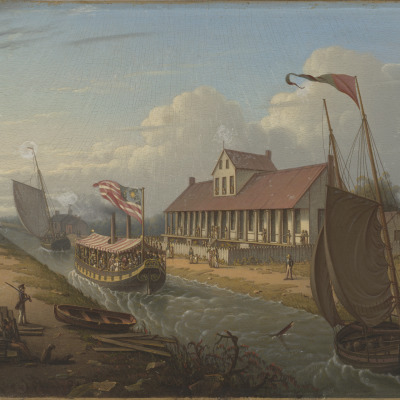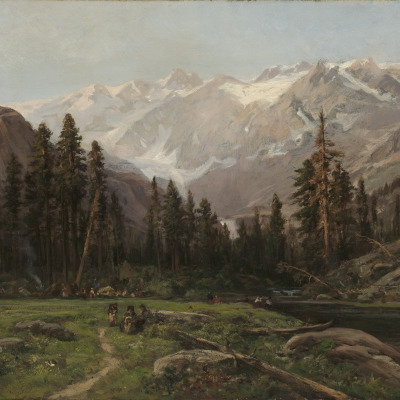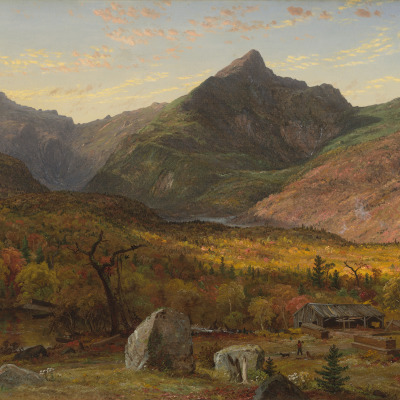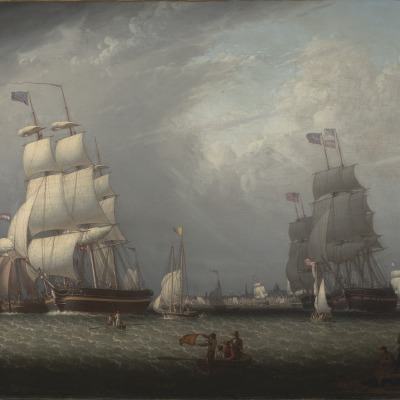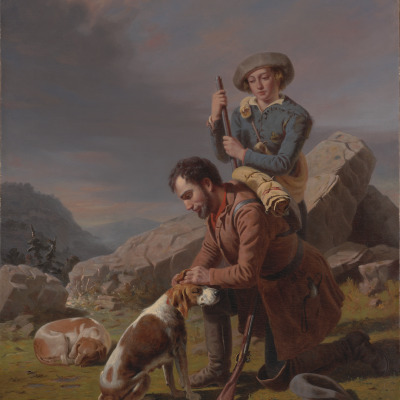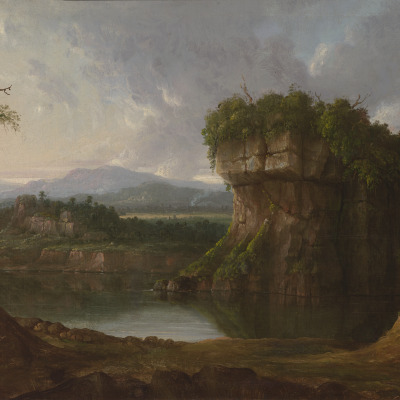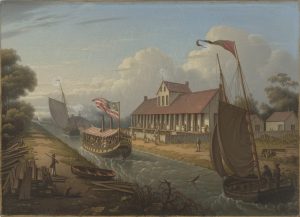
America’s Mid-19th Century Landscape: Prompts for Extended Thinking
Use these prompts after your Evans DLP session or museum visit to activate creative, critical, and reflective thinking.
Reflective Thinking
Thinking about our experience with art helps us connect to people and ideas across time and place. Ask students to reflect on their Evans DLP visit with one or more of the following prompts.
- Having spent time with American Art at VMFA, what more do you know about America around the middle of the 19th Century? How do you imagine the lives of the artists and the people they painted were similar or different to your own?
- What did the art NOT answer for you? What are you curious about now that you have seen some art made in the United States during this era? Name three things that you wish you knew more about and why. Visit your school library and databases to research the answers to your questions.
- Imagine you were to time travel and visit America of about 1850. Based on what you have seen in the art at the VMFA, what would you expect it to be like? What would it sound, smell, look and feel like? What about YOU and where you live would surprise an American from about 1850?
